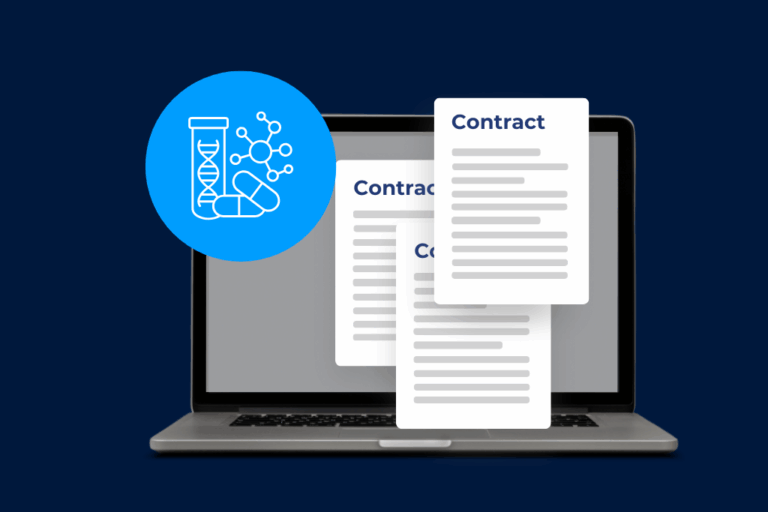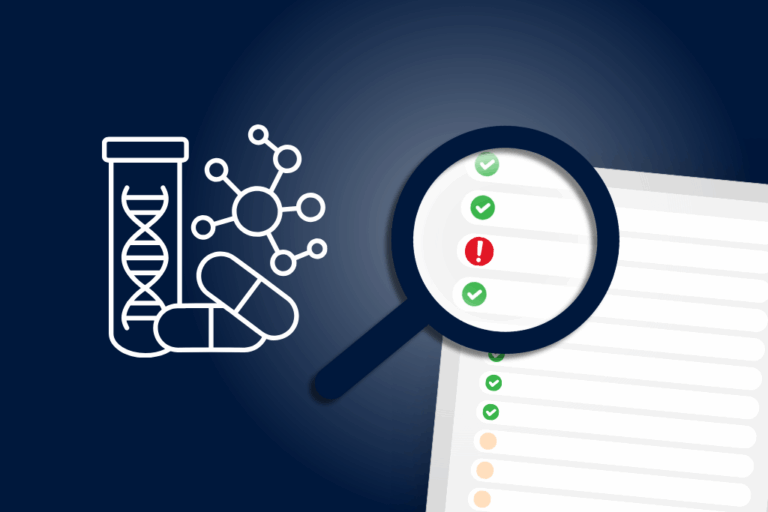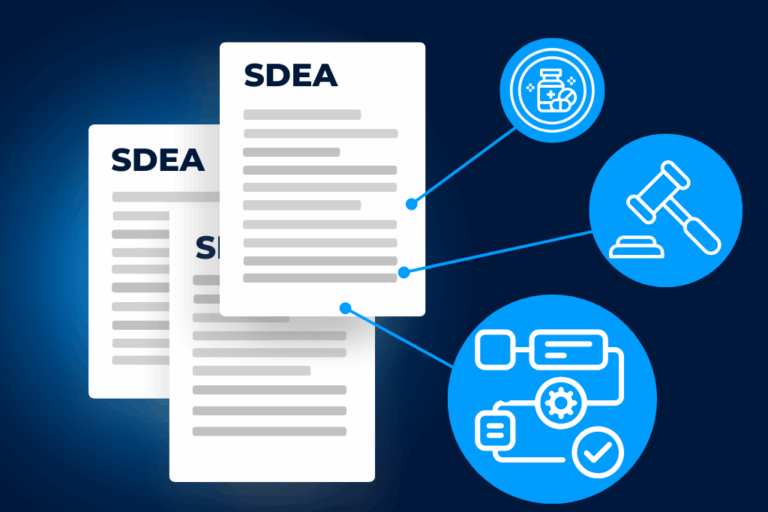Validation workflows, also known as validation circuits, streamline and digitize internal and external approval processes across various settings. In this article, we’ll explore how this automation works, how to implement it effectively, and the key benefits it brings to your organization.
Operation and definition of the validation workflow
Validation processes may concern both negotiated and finalized contracts, which must be validated internally, and the rereading of contractual conditions by experts, who give their approval and/or issue counter-proposals.
By digitizing your approval requests, you can set up sequential or parallel validation. In sequential validation, the requester defines the order of validation. If the first validator refuses the contract, the next will not be able to validate it, and so on… In the case of parallel validation, the order of approval is irrelevant. If there are several validators, they can all approve the contract independently of each other’s validations.
Validation workflows can also be used to automate requests. Circuits can be defined in advance when the contract exceeds a certain amount or is specific to buyers, for example. The company’s expert can set conditions for operational staff to ensure compliance with the company’s internal rules. At the click of a button, operational staff will know who is responsible for validating the contract.
Use case for a validation workflow
Electronic signatures
In some cases, the validation of contracts or quotations can take a long time, especially when a company has many levels of management. In these situations, integrating electronic signatures into a validation workflow can speed up the process. By integrating very precise rules (we’ll look at this later in the article), teams can remove the constraints associated with paper documents. In this way, documents can be validated remotely thanks to the electronic signature, optimizing processing time.
Invoice validation
Invoice validation via a validation workflow optimizes payment management. This is becoming increasingly common in companies, especially with the rise of invoice digitization solutions. Automated validation circuits ensure that each invoice follows the necessary steps before being approved and paid, thus avoiding delays and accounting errors.
Managing vacation requests
It’s become an indispensable tool for HR departments, and it’s safe to say that every company has a solution for setting up leave validation workflows. When an employee submits a request, it is automatically sent to the relevant line manager, who can approve or reject it according to operational requirements.
Setting Up an Effective Validation Workflow
1. Understand what to automate
Before you start defining rules or stakeholders, and even quantified objectives, you need to understand the steps that need to be automated. During this phase, it is advisable to make a list of tasks and prioritize automation accordingly. For example, approving a new contract following a sale.
Examples of tasks to be automated :
2. Analyze current processes
By analyzing your company’s current processes, you’ll be able to identify blockages. This “process mapping” is essential for optimizing the fluidity of request processing. You’ll realize that it’s impossible to implement a validation workflow without it.
Here are some key questions to consider at this stage:
Establish validation rules
Once you have all the above in hand, it’s time to define the precise rules for each validation workflow. If you have followed the first steps correctly, you will have identified the blocking points that slow down validations. These rules include ceiling amounts, approval times and authorization levels.
Examples of rules to be defined:
Define validation managers
Identifying the stakeholders and their role in the validation workflow ensures efficient and transparent execution of validation processes.
Examples of validation managers:
Benefits of an automation tool
Saving time
Automating a validation workflow considerably reduces the time needed to validate documents, speeding up decision-making and contract execution.
Fewer errors
Human error is inevitable, but its consequences can vary in severity. Eliminating manual tasks in validation workflows reduces the risk of error, guaranteeing reliable data and better compliance with internal policies.
Best collaboration
A structured validation workflow improves communication between the various stakeholders. Information flows more easily, and employees can monitor progress in real time. It also optimizes resources, since workflows reduce repetitive, manual tasks.
Centralization and traceability
A validation workflow integration tool, such as one used for contract management, centralizes all document-related information. This enables real-time tracking of validation progress (e.g., notifications for quotation approvals) and ensures full traceability of decisions.
Ready to move to implementation?
Thanks to efficient automation, you can guarantee smoother, faster validation circuits, while ensuring greater compliance, if you use the right solution.
Discover contract validation workflows with DiliTrust. Contact us now!


